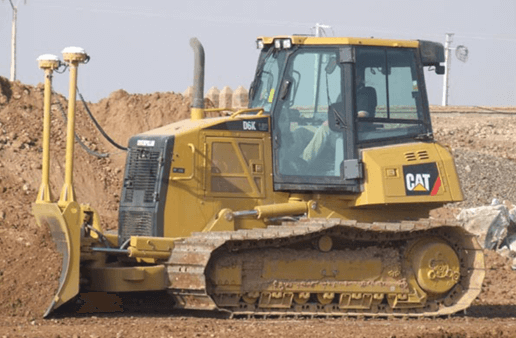News
Constructing the Future: Harnessing Technology in Construction
On a technological front, construction sites have come a long way in recent years. New technology is shaping the way roads, bridges, and buildings are constructed. The interface of computers, construction models, Global Positioning System (GPS), drones, and other technology with construction have made the process more efficient, cost-effective, and safer.
GPS technology has revolutionized the construction industry. Earthwork that once required a land surveyor to pound countless cut/fill stakes to build an embankment can now be done with GPS units linked to satellites in the earth’s atmosphere. GPS equipment is typically utilized as handheld equipment, more commonly referred to as a rover, but it can also be linked directly to heavy machinery, such as bulldozers, excavators, blades, and skid loaders. This is referred to as machine control. Machine control links the GPS system with the piece of construction equipment allowing a user to allow the machine to run “automatically.” In the automatic mode, the machine’s hydraulics take over the blade and follow the contours established by the computer model of the grading work. The process is more efficient, removes human error, and provides for more oversight of the construction.

Drone technology has been quickly adapted for use on a construction site. With high–resolution cameras and advanced imaging technology, they can be used for surveying and mapping construction sites. Grading contractors can improve efficiency by using drones to perform grade analysis to determine where earwork is necessary, or to conduct volume measurements of stockpiles. Drones can also improve safety by identifying potential hazards from an aerial view in a work zone that wouldn’t be observable at ground level, and by allowing observation of work in areas that are too dangerous for site inspectors. An aerial-view drone serves as a planning tool for contractors by providing an accurate picture of a site before breaking ground. Once work has commenced, they can be used to determine more efficient ways to allocate resources on a dynamic jobsite.

These new technologies are continuously being implemented and improved in the construction industry and on projects. They have allowed for more efficient, cost effective, and safer construction practices on projects throughout the industry.
